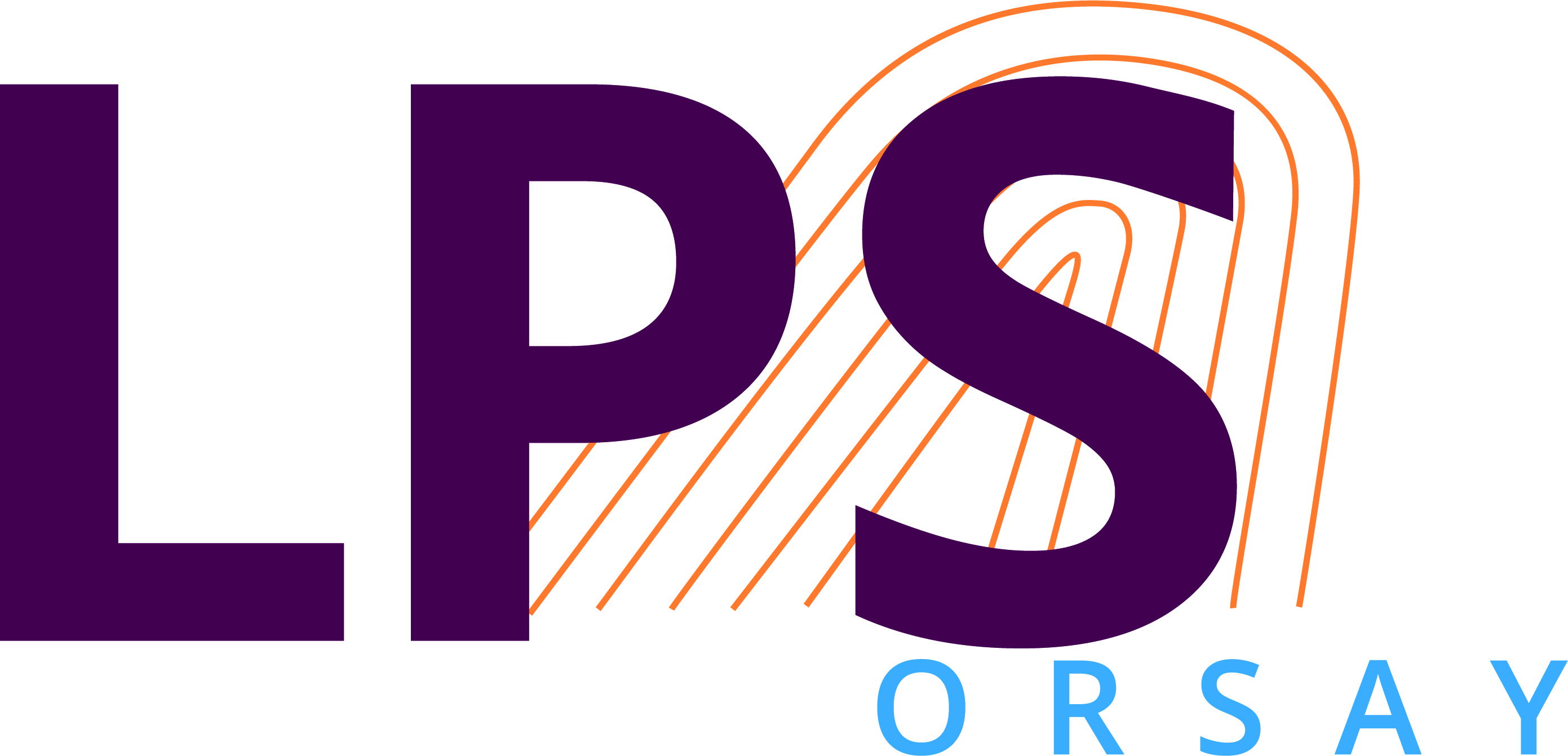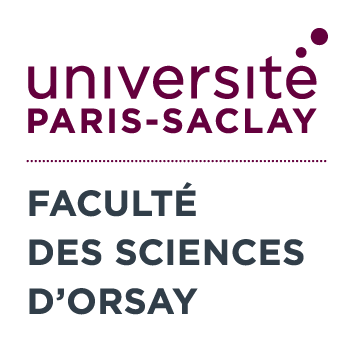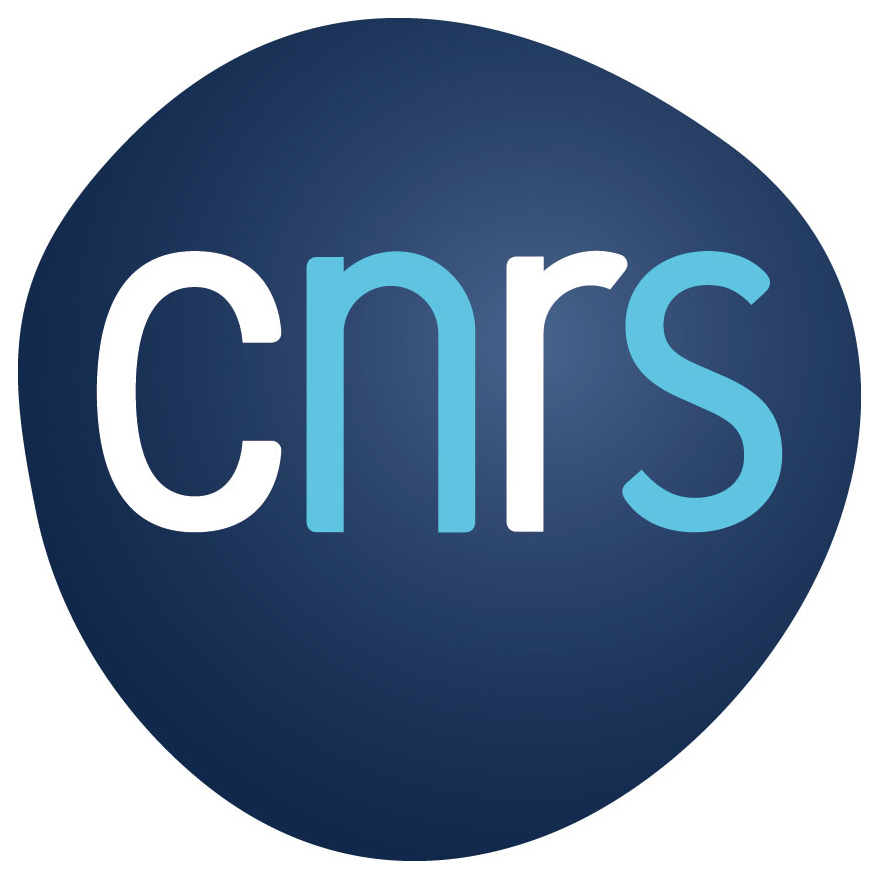Large Dzyaloshinskii-Moriya interaction at the h-BN/Cobalt interface
Résumé
A recent theoretical paper 1 predicted a significant Dzyaloshinskii-Moriya interaction (DMI) and perpendicular magnetic anisotropy induced at the interface of hexagonal boron nitride (h-BN) and ultrathin cobalt (Co) crystals.
The interfacial DMI of the Au/Co/h-BN heterostructure was investigated through the Brillouin Light Scattering technique (BLS) 2. The Brillouin spectra consist of two peaks, Stokes (S) and anti-Stokes (AS), associated with counter-propagating spin waves, which are affected by DMI in opposite ways, and so have different frequencies 2. The high sensitivity of the BLS technique allows detection of the small frequency differences and thus measures the DMI strength.
Fig.1-a shows the BLS data obtained from Si/SiO2/Ta/Au/Co(1 nm)/h-BN/Au at different values of wave vector kSW under an external magnetic field of -962 mT. The sokes and anti-Stokes difference (fAS-fS) varies linearly with kSW (Fig.1-c ) following the expected relation: fAS − fS = vDMI/π .kSW
The magnon non-reciprocal velocity vDMI is proportional to the DMI strength (vDMI = 2/π γ Ds / Ms t ) where DS is the DMI parameter.
The vDMI of the Au/Co/h-BN stack is vDMI ≈ 49 m/s, as large as the one reported for the Graphene/Co/Pt interface (vDMI ≈ 50 m/s) 3. The vDMI decreases with the Co thickness confirming its interfacial nature.
To check that the large DMI obtained for Au/Co/h-BN emerges from the Co/h-BN interface and not from the Au/Co interface, we have measured a reference sample composed of Au/Co (1nm)/Al and obtained vDMI ≈ 14 m/s, which is three times smaller than the Au/Co/h-BN proving that hBN induces a large DMI. A similar analysis was performed for the interfacial anisotropy, and we found that a significant anisotropy is induced by the h-BN/Co interface, as predicted 1.
References 1 A. Hallal et al., Nano Letters 21,17, 7138-7144 (2021) 2 M. Belmeguenai et al., Physical Review B 91, 180405 (2015) 3 F. Ajejas et al., Nano Letters 9, 5364-5372 (2018)



